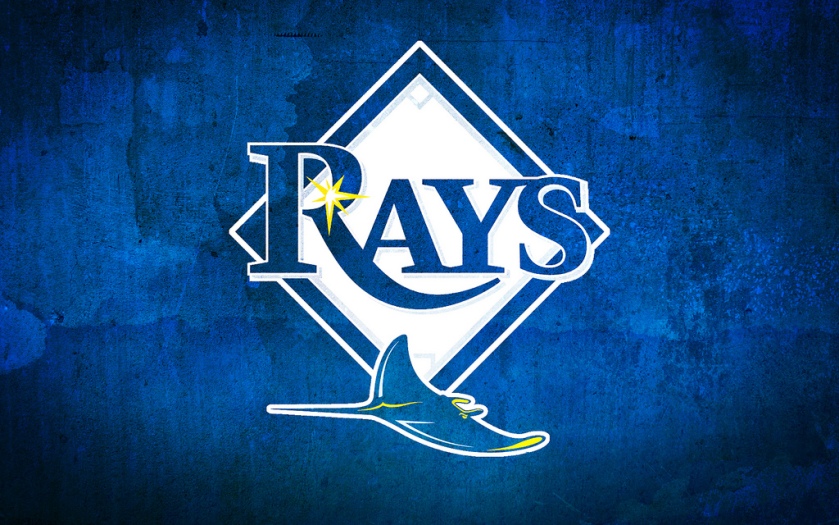 For the Mets, as humiliating as Saturday’s 17-6 loss to the Brewers was, it’s more of a symptom than the actual illness. In the aftermath of the debacle, 30 percent of the way into the 2018 season, it’s abundantly clear that the Mets will have a good chance to win when Jacob deGrom and Noah Syndergaard start; a reasonable chance when Steven Matz starts; and an “if this, then that” chance to win when Zack Wheeler and Jason Vargas start.
For the Mets, as humiliating as Saturday’s 17-6 loss to the Brewers was, it’s more of a symptom than the actual illness. In the aftermath of the debacle, 30 percent of the way into the 2018 season, it’s abundantly clear that the Mets will have a good chance to win when Jacob deGrom and Noah Syndergaard start; a reasonable chance when Steven Matz starts; and an “if this, then that” chance to win when Zack Wheeler and Jason Vargas start.
Fortunately for the Mets, the entire National League is about as mediocre as they have shown themselves to be. That is neither something to aspire to nor to be proud of, but once the sausage is on the grill, few are asking how it was made. As the season moves forward and it becomes clearer that they’ll need to make some significant changes to rise to the top of the wide open National League, they must accept that stark reality and act with a sense of urgency and a (painful) plan to move forward if it does not work.
What does that mean, you ask?
It means that the Mets must shun the pretense of “now and the future” and go all-in for 2018. For example, one of the few prospects of value the club has is Peter Alonso. If he is a must-have for a non-contending team that holds a card the Mets need and is open for business – Chris Archer, Kelvin Herrera, Michael Fulmer – then they must go for it now and throw the bomb to win while deGrom and Syndergaard are at or near the top of their games; while they (presumably) have Yoenis Cespedes back healthy(?); while Asdrubal Cabrera and Jeurys Familia are singing for their free agent suppers; and while Seth Lugo and Robert Gsellman are successfully adapting to their extended innings as relievers.
If it works, great. If it doesn’t, this window the Mets very nearly burst through in 2015 and, to a point, in 2016, is closed and it’s time to move on with the preemptive decisions that competing clubs have made to proceed from popular and talented players for the greater good.
This differs from the reactive and silly demands that the Mets trade deGrom and Syndergaard during the season after they have lost seven out of 10 games in that it’s a viable and doable blueprint.
While fans are pushing for a change in the front office from general manager Sandy Alderson, the truth is that Alderson’s tenure with the club is ending sooner rather than later. The Wilpons will not fire him. He signed a contract extension of undisclosed length after 2017, but the increasing profile of assistant GM John Ricco and the rehiring of former GM Omar Minaya to be a special assistant make clear where this is headed. Once Alderson does depart, Ricco will take command as GM and be the objective leader who can handle the GM-speak, knows the contractual rules, is sabermetrically savvy and will implement the coldblooded maneuvers while Minaya does what he prefers in eyeball assessment and scouting.
That’s the easy part. The hard part is doing what needs to be done if the team goes all-in for 2018 and falls short. What that means is taking their most valuable assets – deGrom, Syndergaard, Cespedes and, to a lesser degree, Matz, and veteran guys they can get something for like Todd Frazier – and clean house to replenish the farm system and replace what they surrendered to go for it in 2018.
With deGrom emerging as a top five starter (or higher) in baseball and being under team control through 2020 and Syndergaard’s abilities and long-term team control through 2021, between them they should yield at least five blue-chip prospects as well as ancillary pieces.
Right there, they restart with long-term assets and money off the books to perhaps buy some players. If that includes trading top prospect Amed Rosario and signing Manny Machado – who’s a couple of months away from turning 26 and will still be in his prime when the Mets are ready to contend again – so be it.
There are no more in-betweens. Choose.
Accepting mediocrity as a matter of circumstance, presenting the excuse that the Mets are in the same boat as everyone else and hoping that everything breaks perfectly as it did in 2015 is over. Mets fans have a few rare seasons they can point to as peaks: 2015, 2006, 2000, 1999, 1984-1986, 1973 and 1969. What built the two World Series winners in 1969 and 1986 was homegrown talent, savvy trades, patience and some extremely good luck. They can jam their arm into the window as it slams shut in 2018 to try one last time to get through it. It will be painful, but one way or the other, they’ll need to get treatment after the fact if it fails. If it succeeds, it was worth the pain. Regardless, how much more agonizing can it be than what they’ll inevitably be forced to deal with if they stand pat, end up with a season result that hinges on the flaws of the rest of the National League, and stand by haplessly if they choose to remain as is?





